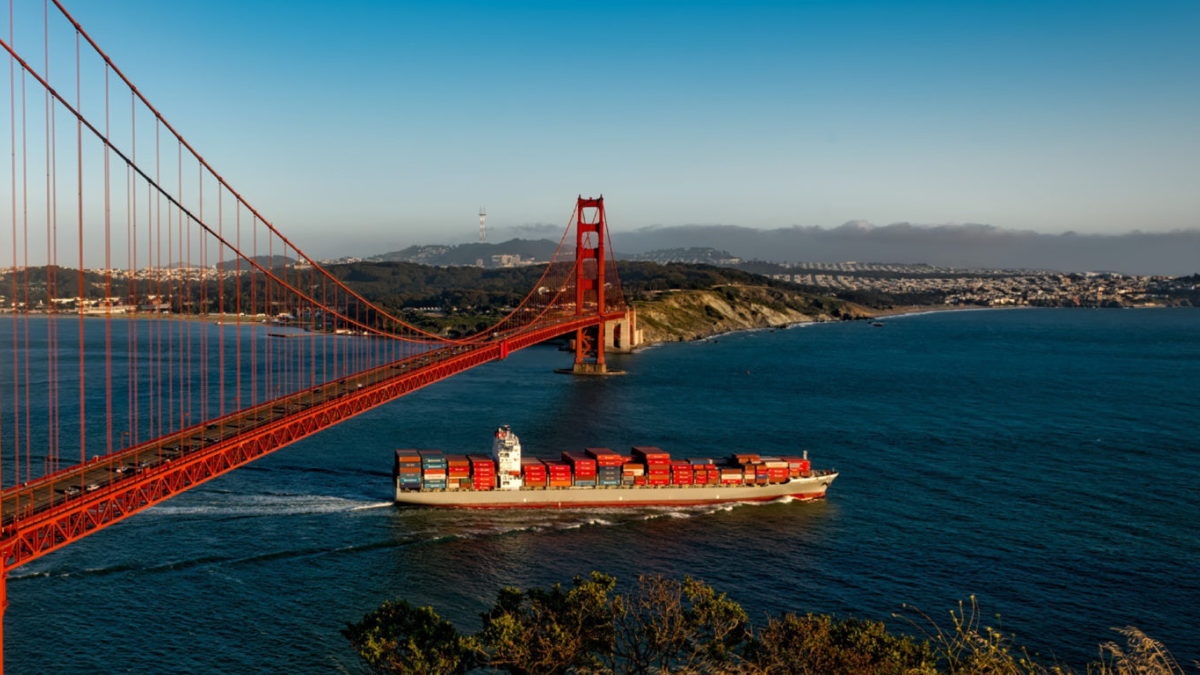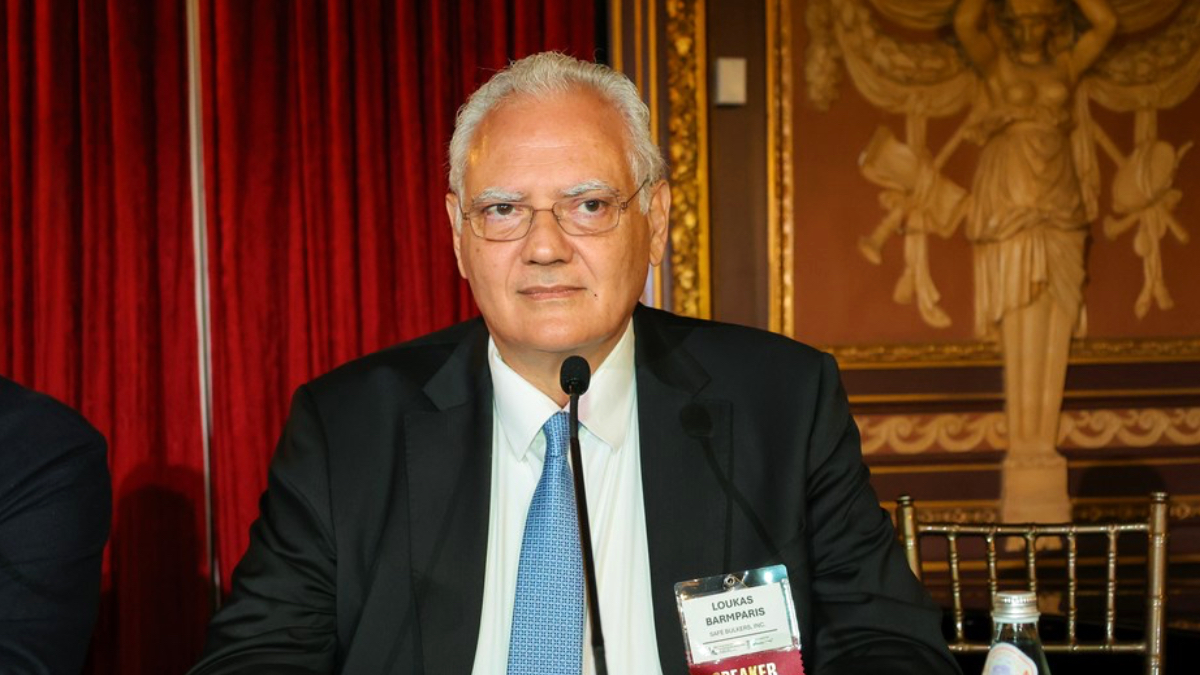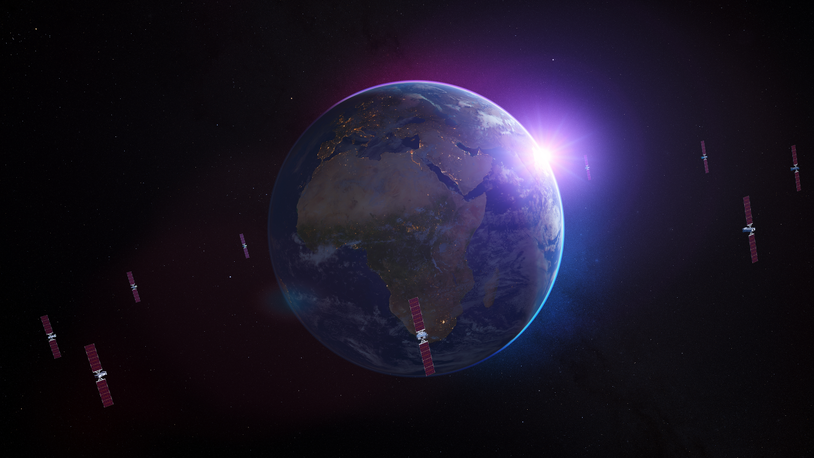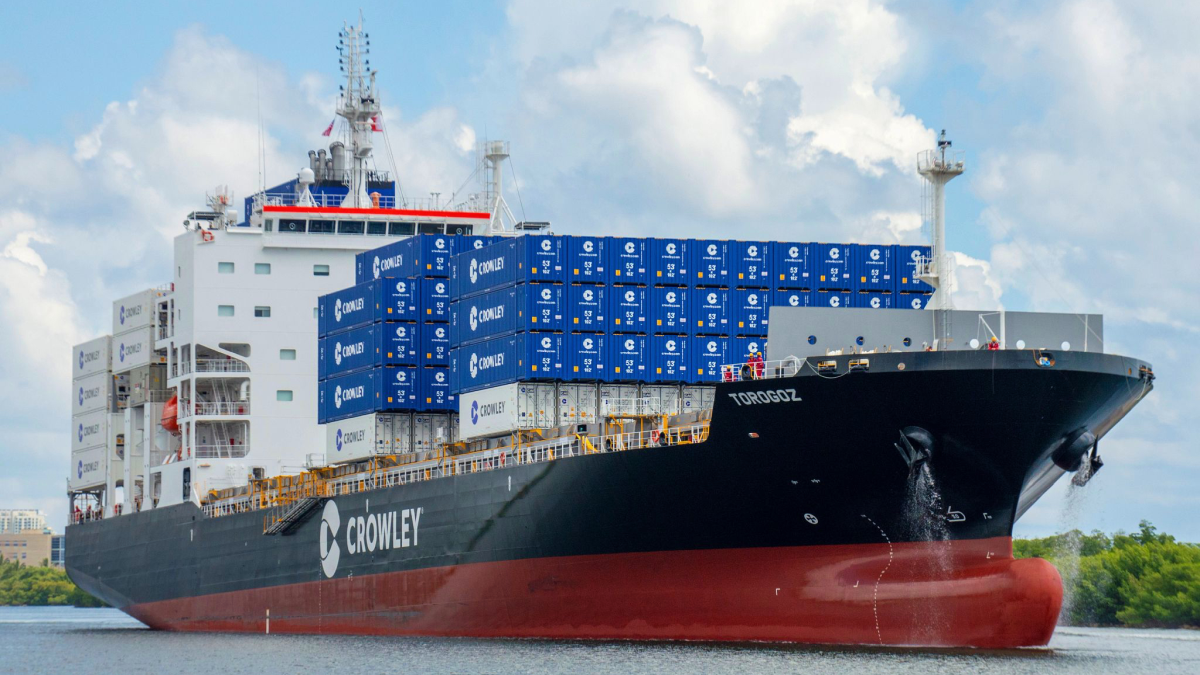Business Sectors
Events
Contents
Register to read more articles.
Seaspan uses AI to cut fuel, navigation incidents
One of the world’s largest owners of container ships has reduced navigation incidents and cut fuel and emissions by deploying AI for greater situational awareness
Seaspan Corp is saving up to US$100,000 per vessel per year by reducing collision avoidance manoeuvres by implementing artificial intelligence (AI) and high-speed satellite communications.
The container shipping group has cut navigation incidents and lowered emissions per ship by 500 tonnes of CO2 per year using Orca AI’s SeaPods and intelligence, and SpaceX’s Starlink low Earth orbit (LEO) satellite communications across its fleet of more than 200 ships.
SeaPod is an additional digital lookout, with eight day and night cameras complementing traditional navigation systems and providing bridge crews with enhanced situational awareness in low visibility conditions.
Seaspan has found it improves navigational safety and reduces incidents and collision avoidance manoeuvres. Orca AI uses this information feed and ship sensors such as AIS and GPS, aggregating all input sources into a bridge screen, which provides a data-rich view of the marine environment.
Analysis conducted on Seaspan’s vessels in 2023−2024 found the minimum average distance between vessels in open waters has increased, and the number of close encounters has decreased significantly.
The average number of events per vessel fell by 37% and the average minimum distance increased by 35%. The number of events per 1,000 nautical miles in 2023 reduced from more than 80 in Q1 2023 to less than 20 in Q4 2023.
“More efficient navigation means you use less fuel,” said Seaspan chief operating officer Torsten Pedersen. “Less incidents means your insurance premiums go down in the long term. We are one of the first movers, but the entire shipping industry needs to travel in this direction.”
Analysis found that 60% of Seaspan’s vessels were altering course to avoid safety management violations and collision risks, with an average deviation alteration time of 20 minutes at 18 knots. This led to increased fuel burn and speed adjustments to stay on schedule.
According to the analysis, Seaspan ships equipped with Orca AI reduced their fuel consumption by US$100,000 per year, equating to a reduction of 500 tonnes of CO2.
“Harm reduction is hard to measure in terms of return on investment, but fuel reduction is not,” said Mr Pedersen. “Safety is the most important factor, but this cost benefit in terms of operational savings is the icing on the cake.”
Using Starlink’s LEO connectivity, Seaspan can send real-time information between ships and shore offices, and it uses Orca AI’s FleetView dashboard to monitor and track its vessels.
With FleetView, operations teams can identify navigation trends, understand fleet performance, pinpoint areas for improvement and promote best practices across the fleet.
“Obviously, a root-cause analysis must be performed in the event of an incident, but FleetView enables managers to take a step back, analyse events that did not result in an incident and generate valuable learnings that can be rolled out fleetwide,” said Mr Pedersen.
Seaspan’s digitalisation strategy is to use technologies to improve operations, data reporting and navigation safety while lowering emissions.
Seaspan and Orca AI will explain the benefits of AI and SeaPods for reducing navigational risk during the When GPS lies and AIS goes dark: rethinking navigation resilience with AI webinar Riviera is hosting on 8 September 2025. Use this link to register for this free webinar.
Related to this Story
Events
Offshore Support Journal Conference, Americas 2025
LNG Shipping & Terminals Conference 2025
Vessel Optimisation Webinar Week
© 2024 Riviera Maritime Media Ltd.












